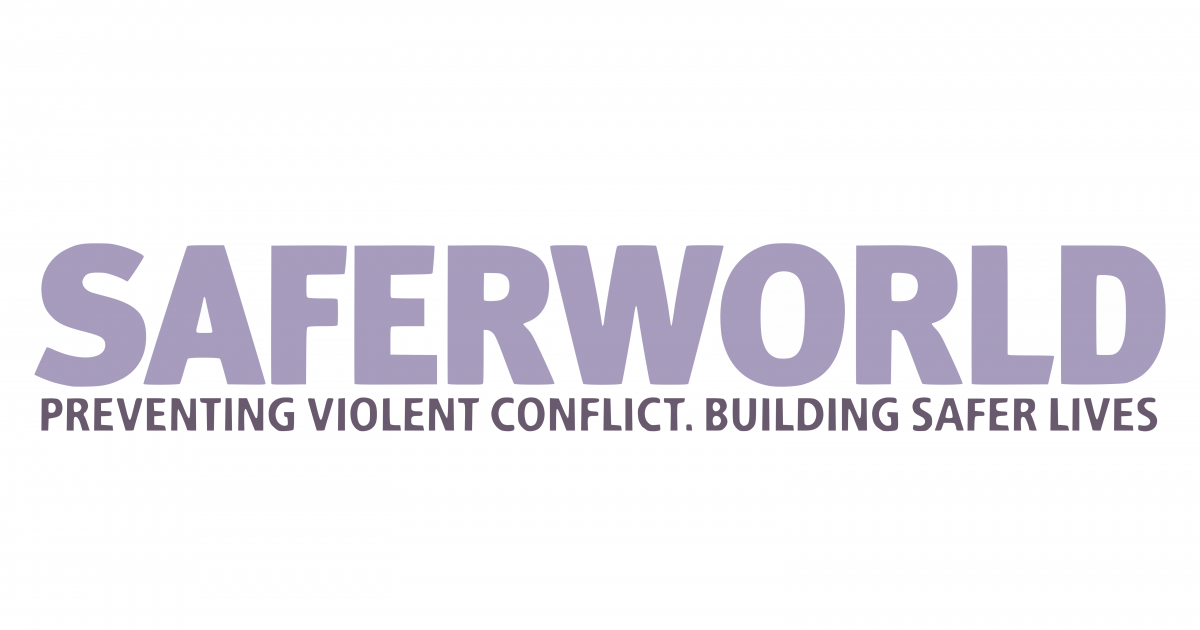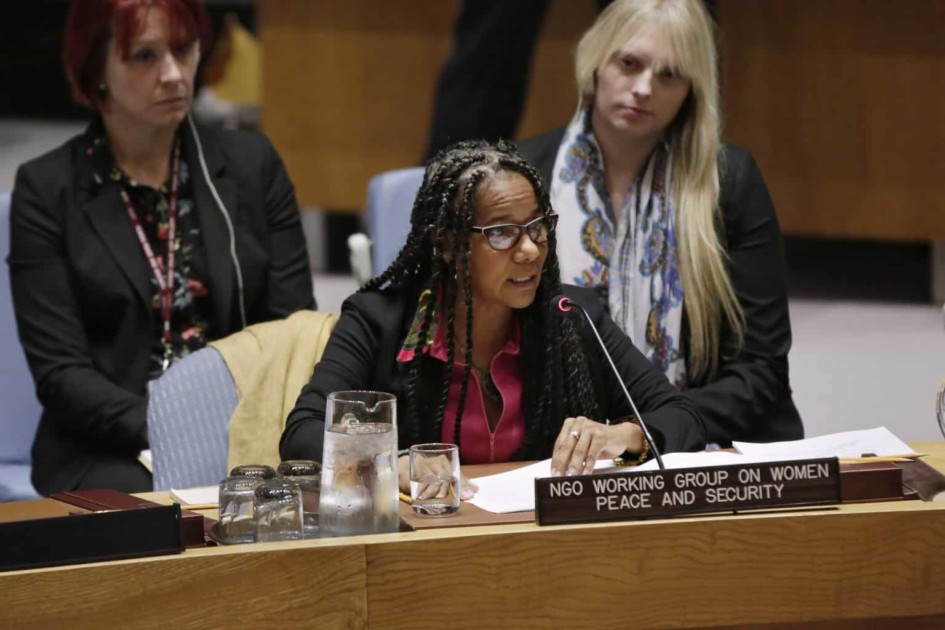Small Arms & Light Weapons
Most present-day conflicts are fought mainly with small arms and light weapons (SALW). Armed non-state actors, including insurgents, pirates, and terrorists, can increase their force and destabilize communities through the acquisition of unlawful firepower. Small arms are relatively cheap, light in weight, and easy to use, transport and conceal. The build up of small arms does not alone create the conflicts in which they are used; however, their excessive accumulation can escalate conflict by increasing the means of violence. Violence becomes more lethal and lasts longer, creating a greater sense of insecurity, which in turn leads to a greater demand for weapons. In 2013, the Security Council adopted resolution 2117, its first ever text dedicated exclusively to SALW, reminding states to take measures to prevent the sale, transfer, and export of SALW as well as to avoid violating existing arms embargos.
Given the impacts of the flow of arms on heightening levels of violence in conflict, the NGOWG WPS encourages the Security Council to acknowledge the impact of SALW on women and calls for reporting on gender-specific service provision, including for survivors of sexual and gender based violence committed with SALW. Women also participate in the trafficking of SALW and the gendered dimensions of the SALW also needs to be recognized in all conflicts to ensure the deterrence of the sale and transport of SALW between countries and regions.
Small Arms & Light Weapons
Most present-day conflicts are fought mainly with small arms and light weapons (SALW). Armed non-state actors, including insurgents, pirates, and terrorists, can increase their force and destabilize communities through the acquisition of unlawful firepower. Small arms are relatively cheap, light in weight, and easy to use, transport and conceal. The build up of small arms does not alone create the conflicts in which they are used; however, their excessive accumulation can escalate conflict by increasing the means of violence. Violence becomes more lethal and lasts longer, creating a greater sense of insecurity, which in turn leads to a greater demand for weapons. In 2013, the Security Council adopted resolution 2117, its first ever text dedicated exclusively to SALW, reminding states to take measures to prevent the sale, transfer, and export of SALW as well as to avoid violating existing arms embargos.
Given the impacts of the flow of arms on heightening levels of violence in conflict, the NGOWG WPS encourages the Security Council to acknowledge the impact of SALW on women and calls for reporting on gender-specific service provision, including for survivors of sexual and gender based violence committed with SALW. Women also participate in the trafficking of SALW and the gendered dimensions of the SALW also needs to be recognized in all conflicts to ensure the deterrence of the sale and transport of SALW between countries and regions.
Current and Past Recommendations to the UN Security Council (Monthly Action Points)
During the forthcoming open debate on small arms and light weapons, Member States should recognize and commit to the inclusion of women in policy making, treaty negotiations and discussions on disarmament, arms control, arms trade and military spending, including by implementing OP 12 of SCR 2117 (2013), as well as ensuring women’s participation in efforts to combat and eradicate small arms and light weapons in line with OP 14 of SCR 2122 (2013). States should also be encouraged to ratify and implement the Arms Trade Treaty (ATT). Article 7 (4) of the ATT, requires the exporting State Party to take into account the risk of conventional arms being used to commit or facilitate serious acts of gender-based violence or serious action of violence against women and children. States should also be encouraged to support the proposed Sustainable Development Goal 16.4 on reducing illicit arms flows. The Council should fully implement relevant provisions of SCR 2122 (2013), specifically OP 4 which calls for women’s participation to be a cross-cutting issue across all mandate components, including in all aspects of disarmament, demobilization and arms control.
Relevant Resources









